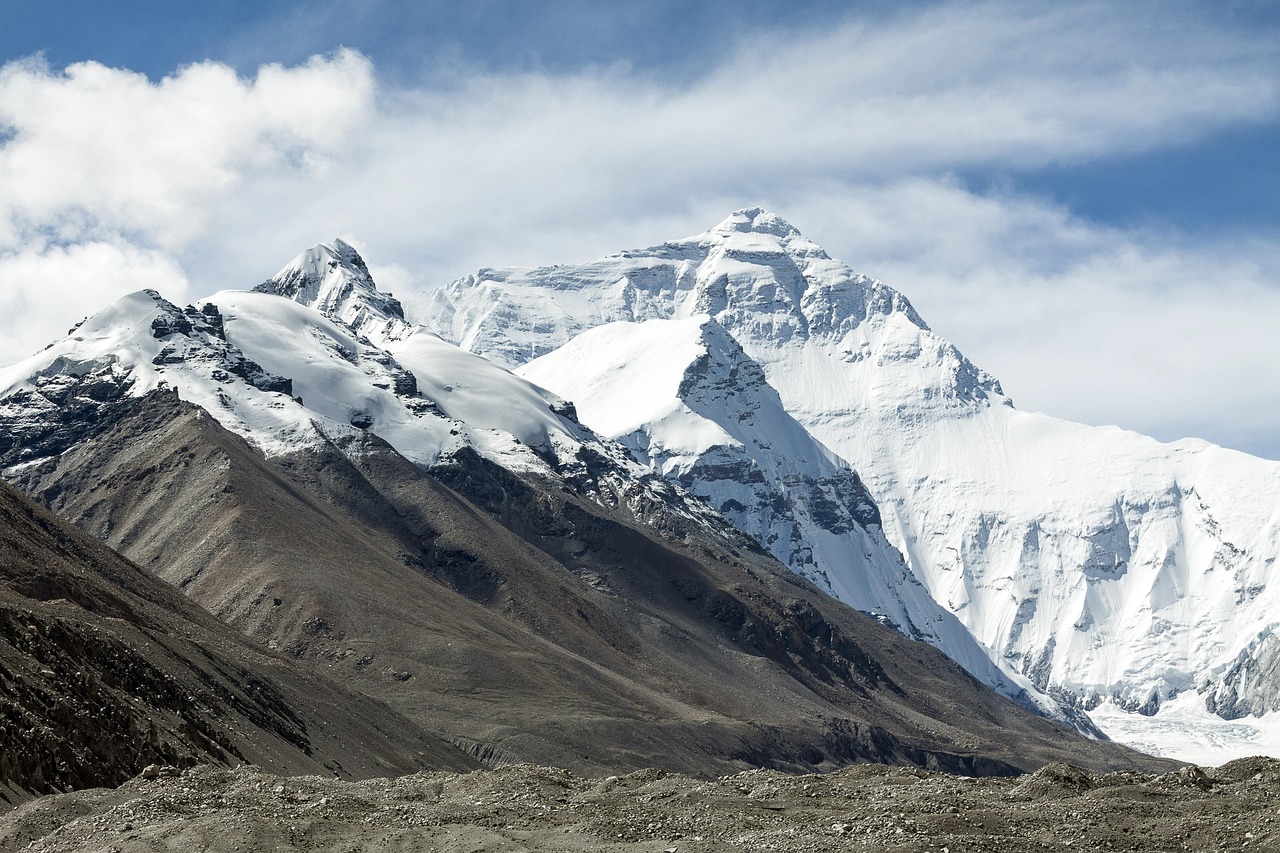- Interesting Facts About Mount Everest’s Changing Snow and Ice - August 5, 2025
- States Facing Rising Climate Risks and Insurance Costs – Is Yours on the List? - August 4, 2025
- NYC Under State of Emergency as Heavy Storms Raise Major Flooding Threat - August 3, 2025
Snow Lines Climbing Higher Than Ever
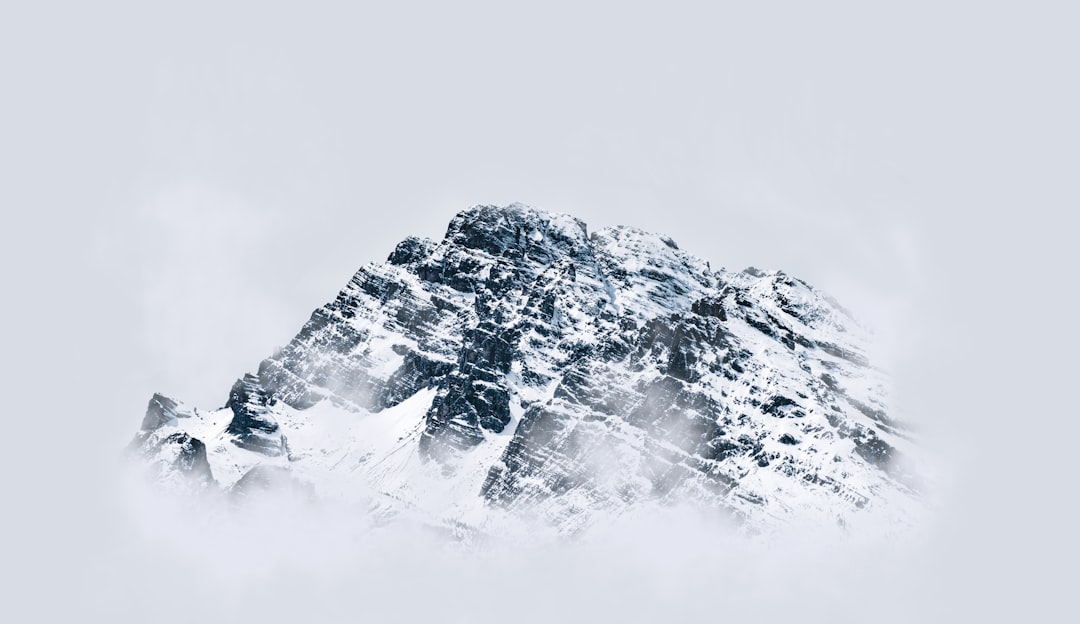
Something shocking is happening on the world’s tallest mountain that most people haven’t heard about. The average snow line on Mount Everest region glaciers on January 28, 2025, was at approximately 6,100 meters (20,000 feet), having risen 150 meters (490 feet) since December 11, 2024. This means that in just under two months, snow disappeared from an area the height of a 50-story building. What makes this even more alarming is that this change was by sublimation, not melt, meaning the snow didn’t even have the courtesy to become water first – it just vanished into thin air.
The only year recently when January snow lines were near typical levels was 2022, suggesting that what we’re seeing now might be the new normal for Everest. Warmer and drier conditions have been prevailing in recent winters, including those of 2021, 2023, 2024 and 2025, which are driving a reduced snow cover, higher snow lines and increased forest fires.
The Death Star Glacier at 26,000 Feet
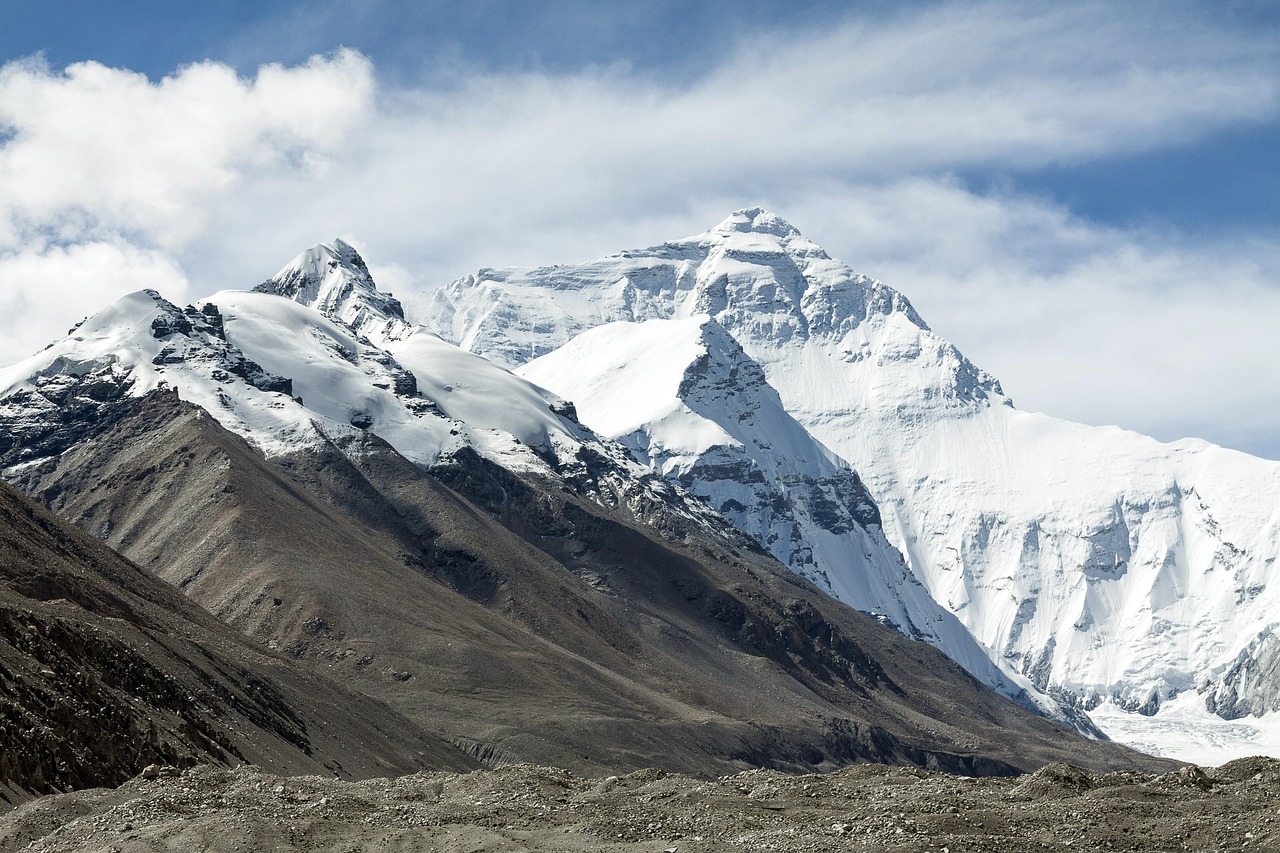
Mount Everest’s highest glacier, called the South Col Glacier, sits at a mind-boggling 8,020 meters above sea level. That’s like stacking 18 Empire State Buildings on top of each other. But here’s what’ll blow your mind: estimated contemporary thinning rates approaching ~2 m a−1 water equivalent (w.e.) indicate several decades of accumulation may be lost on an annual basis now that glacier ice has been exposed. Picture this – imagine decades of snowfall disappearing in a single year. It’s like nature hitting the delete button on decades of winter.
The glacier has transformed from what scientists call a protective white blanket into an exposed, dark ice mass that absorbs heat like a solar panel. This isn’t just any glacier either – it’s located at one of the sunniest spots on the planet, where sunlight hits with incredible intensity even at freezing temperatures.
Sublimation Steals Snow at Record Rates
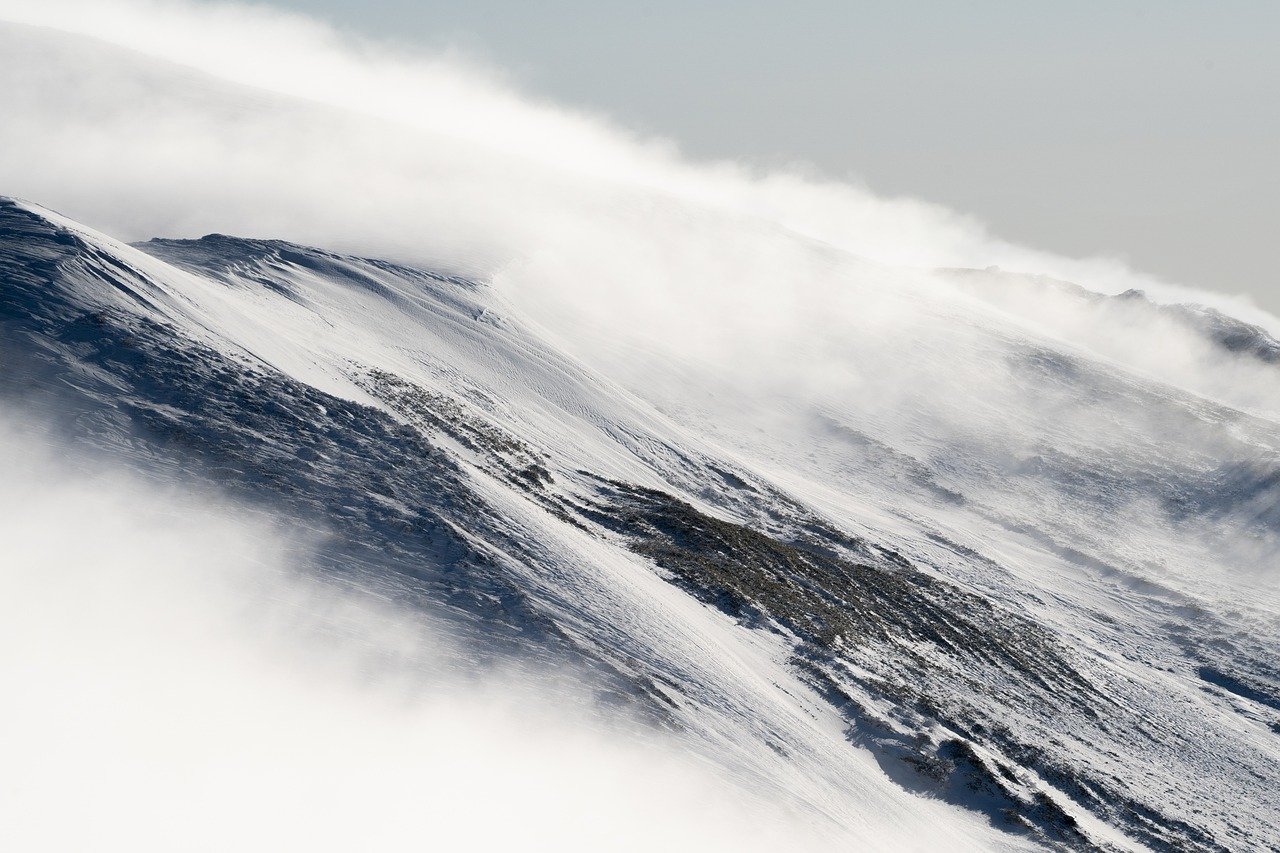
Snow cover loss during winter at these altitudes is primarily the result of sublimation, with losses observed up to 2.5 mm per day. To put this in perspective, that’s about the thickness of two pennies worth of snow disappearing every single day. This process is particularly insidious because the snow doesn’t melt into streams or puddles – it literally evaporates straight from solid to vapor, like a magic trick gone wrong.
What makes sublimation so powerful on Everest? Relative humidity measured at the [Everest Base Camp] has averaged less than 20% in January 2024, creating desert-like conditions despite the freezing cold. Combined with fierce winds and intense solar radiation, it’s the perfect recipe for snow to vanish into thin air.
Thousands of Years Gone in Three Decades
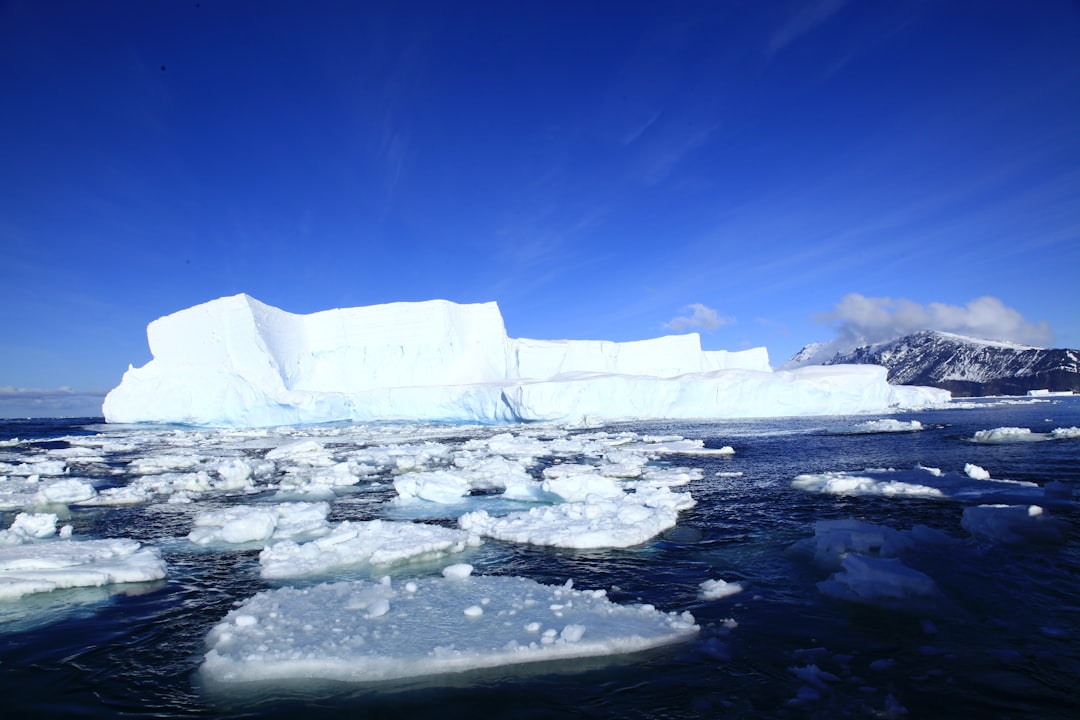
Here’s a fact that’ll keep you up at night: The ice and snow up to 8,000 meters has disappeared at an alarming rate. Thousands of years of accumulation have vanished in about 30 years. Think about that for a moment. Nature spent millennia carefully building up these ice reserves, layer by layer, winter after winter. Then humans fired up the industrial revolution, and we’ve managed to undo nature’s work in less time than it takes for a person to go from birth to retirement.
Approximately 55 meters of glacier thinning is estimated to have occurred in a quarter-century — thinning over 80 times faster than the nearly 2,000 years it took to form the ice at the surface. It’s like watching a time-lapse video of destruction in fast forward.
The Disappearing Snow Blanket Effect
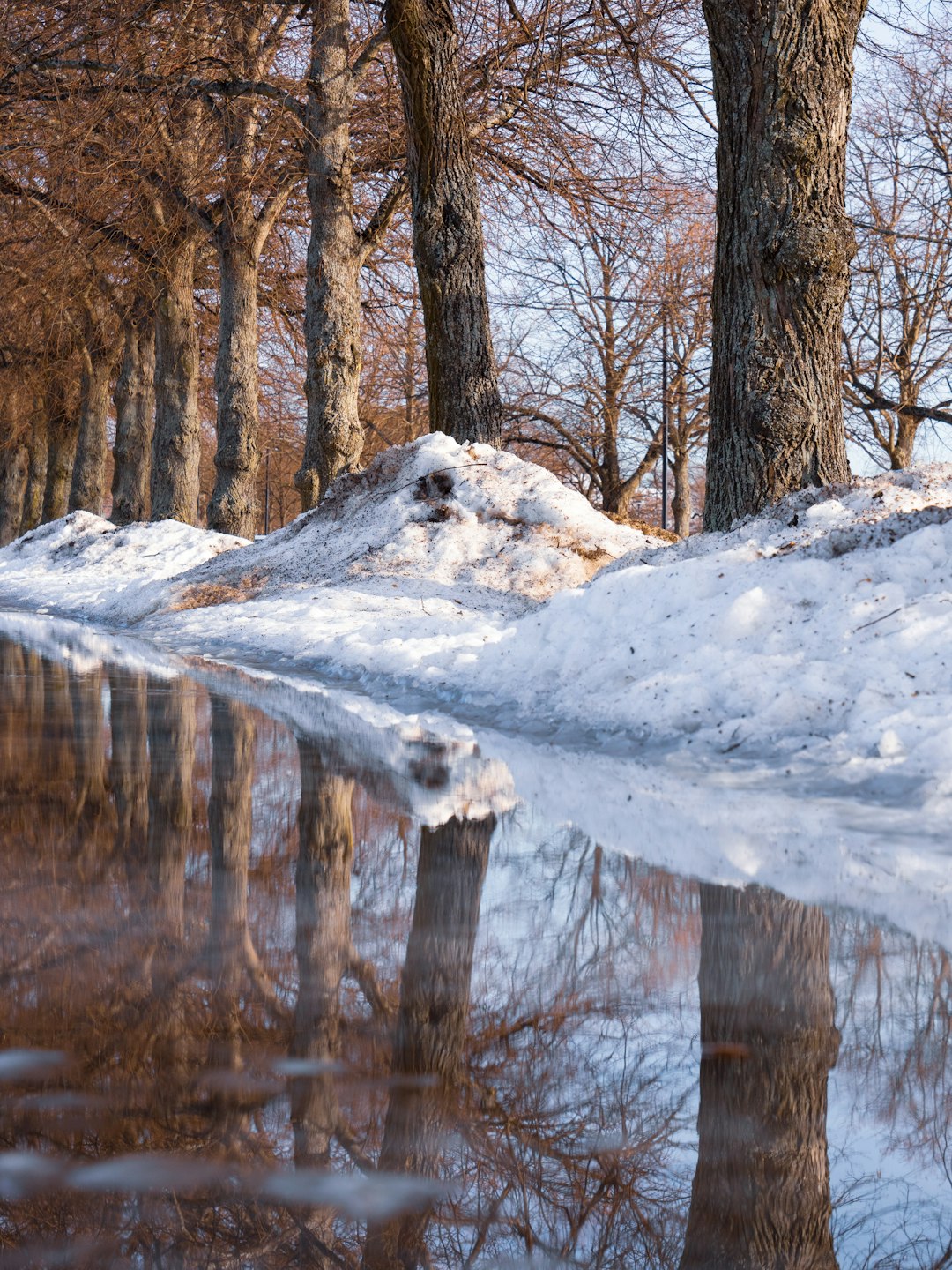
Snow acts like Earth’s natural air conditioning system, reflecting up to 90 percent of sunlight back into space. But when that white blanket disappears, something terrifying happens. Model simulations found that the region’s extreme insolation means that ablation — loss of surface mass by melting or vaporization — can accelerate by a factor of more than 20 if snow cover gives way to ice. This is like switching from wearing white clothes on a hot day to wearing black – the difference in heat absorption is dramatic.
Once the protective snow cover is gone, the exposed darker ice underneath absorbs more solar energy, creating a vicious cycle. The more ice that’s exposed, the faster it melts or sublimates, which exposes even more dark ice. It’s a feedback loop from hell that scientists call the albedo effect.
Winter Drought in the Sky
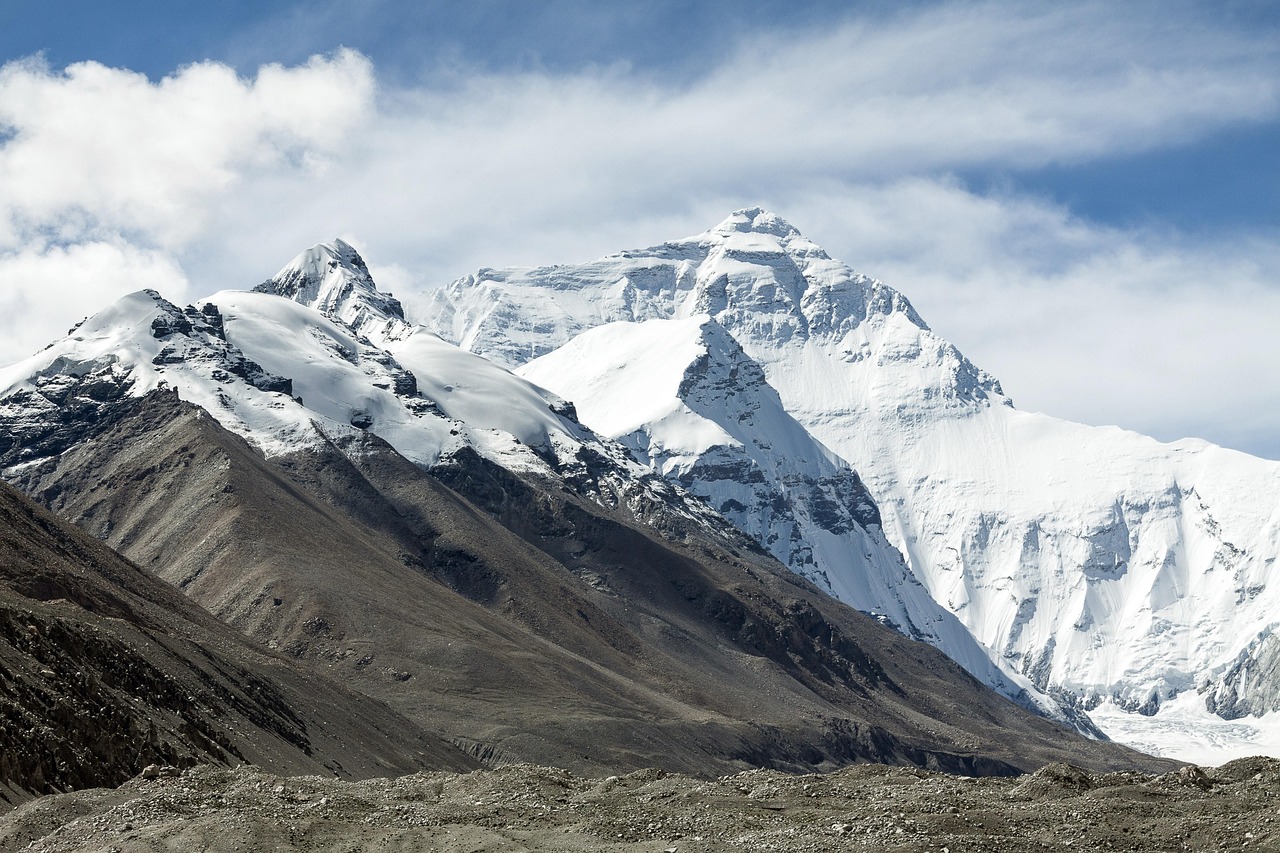
Something unprecedented is happening during Everest’s winter months. From Nov. 1-2023 to Jan 20, 2024 there has been less than 25 mm of precipitation at Everest Base Camp (5315 m), and this pattern continued into 2024 with less than 25 millimeters of precipitation at Everest Base Camp during January 1 – March 31, 2024. That’s less than an inch of precipitation in three months at what should be one of the snowiest places on Earth.
In December 2024, Nepal saw 20-25 per cent of normal with drier conditions in the east, accompanied by above average temperatures. This resulted in extreme drought in several provinces, including Koshi Province. The mountain is experiencing what meteorologists call “extraordinary below normal” conditions.
The Mystery of Everest’s True Height
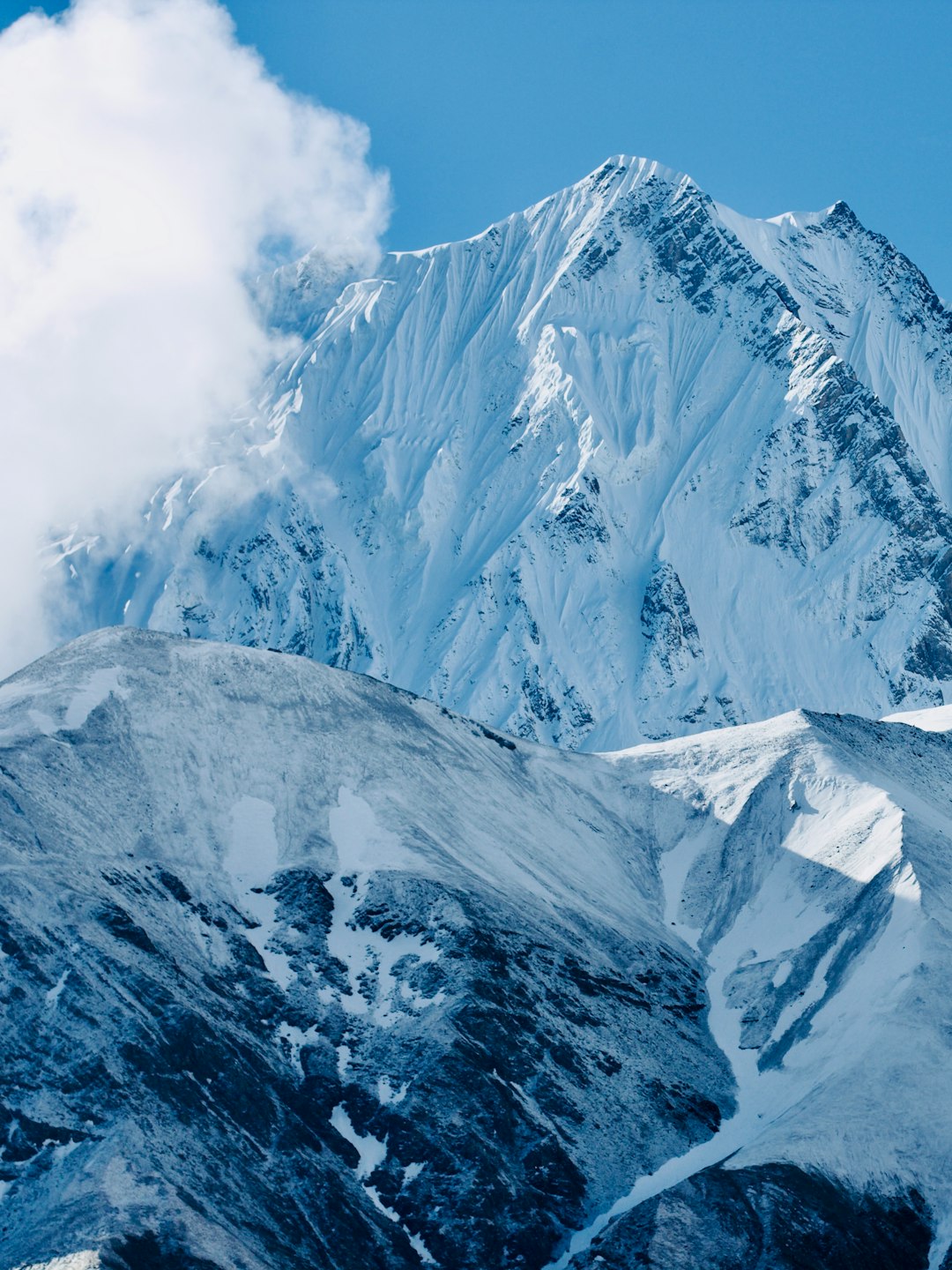
Here’s something most people don’t know: we still don’t actually know Mount Everest’s true height. China and Nepal jointly declared that the snow height of Mount Everest was 8848.86 m above sea level (m a.s.l.) in 2020, the true rock height has not been precisely determined due to the unknown snow depth below. Recent radar measurements revealed something shocking: mean depth estimates at the summit are 9.5±1.2 m. This updated snow depth on Mount Everest is much deeper than previously reported values (0.9–3.5 m).
But here’s the kicker – as climate change continues to melt and sublimate the snow cap, Everest’s measured height will continue to change. The snow depths at extremely high elevations may vary dynamically with different seasons and years, making the mountain’s height a moving target.
High Passes Going Bare
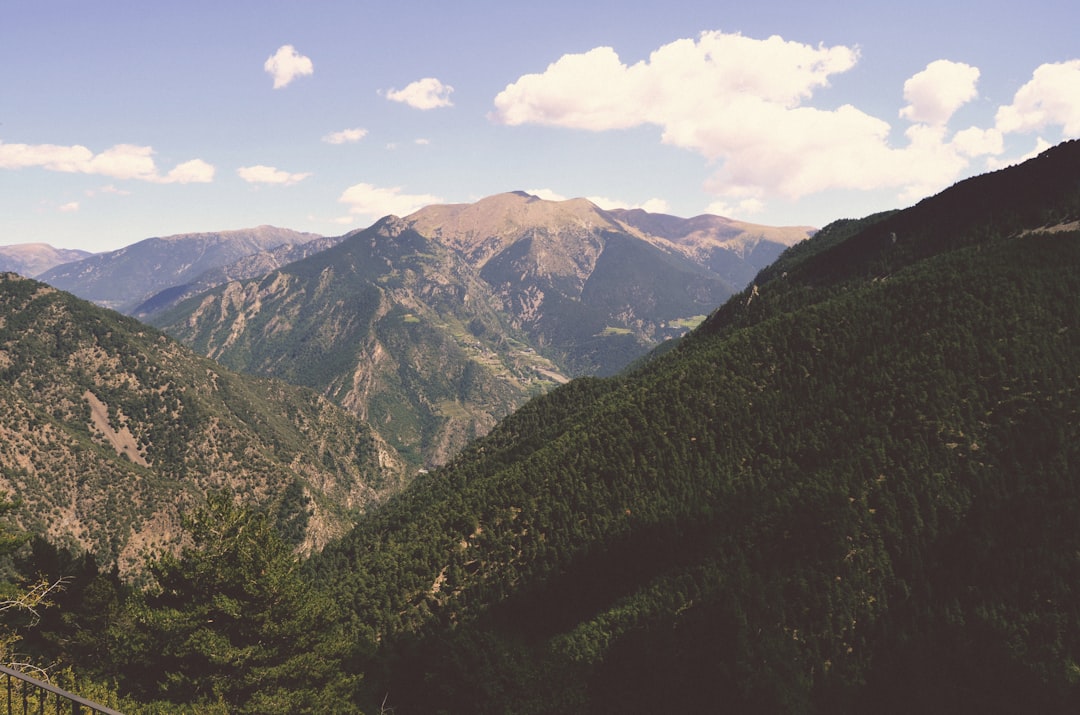
The changes aren’t limited to glaciers – entire mountain passes that have been snow-covered for centuries are now going bare. Nangpa La and Nup La-two high passes (5800-5900 m) are both snow free for extended periods during what should be the peak winter season. These passes have historically served as natural indicators of seasonal change, but now they’re more like canaries in a coal mine, warning us about dramatic climate shifts.
On May 1 there is evident blue ice and firn areas in the Western Cwm, above the Khumbu Icefall and on the Lhotse Face above the Western Cwm at the head of the Khumbu Glacier. Note that there are bare ice areas in the Western Cwm (WC) and on the Lhotse Face (LF). Areas that should be covered in snow are now showing exposed ice, creating a patchwork of blue and white that signals dramatic change.
When Mountains Become Fire Hazards
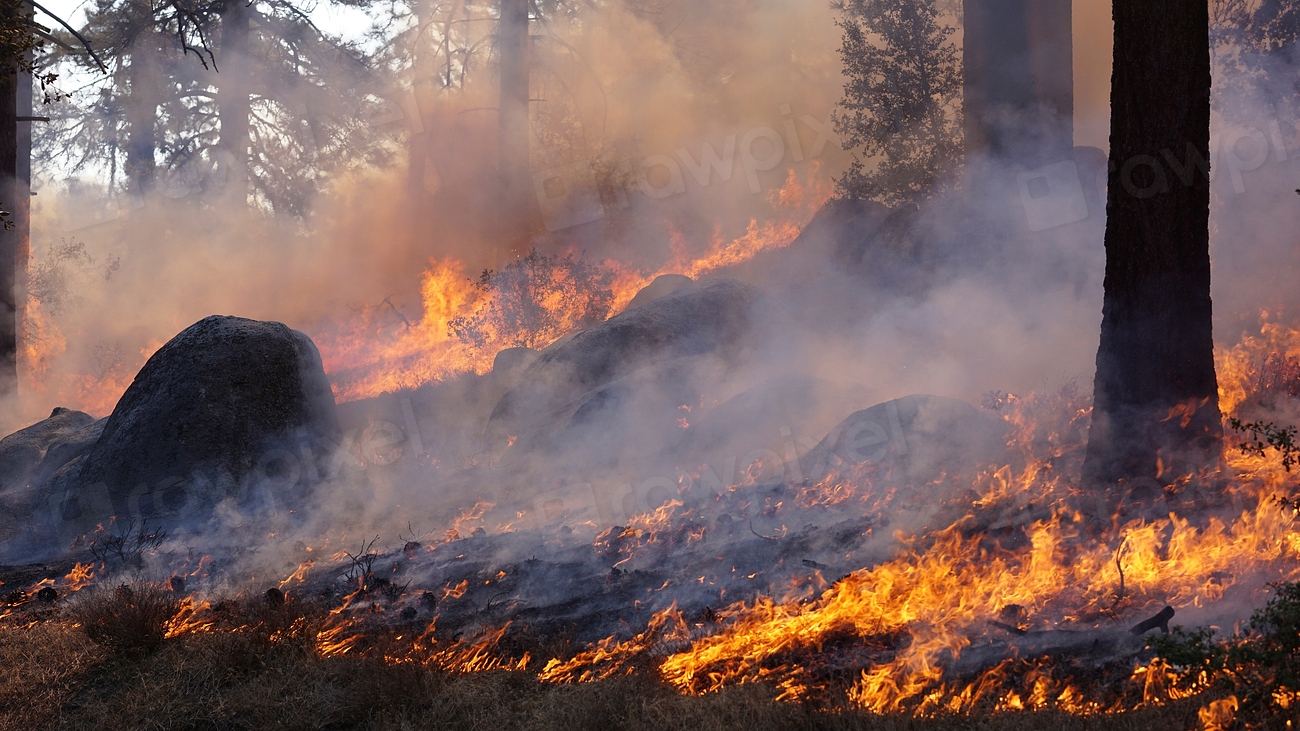
You wouldn’t expect wildfires to be a concern on the world’s highest mountain, but that’s exactly what’s happening. NASA FIRMS view of fire locations in Nepal on Jan. 23, 2025, each red dot is a fire, note most are at higher elevations including several near the Everest region. The combination of reduced snow cover, dry conditions, and above-normal temperatures has created tinderbox conditions even at extreme altitudes.
A prolonged winter drought has also contributed to an early start to the 2025 fire season in parts of Nepal. This creates a dangerous feedback loop: fires release carbon into the atmosphere, contributing to global warming, which melts more snow, creating drier conditions that fuel more fires.
The Billion-Person Water Crisis
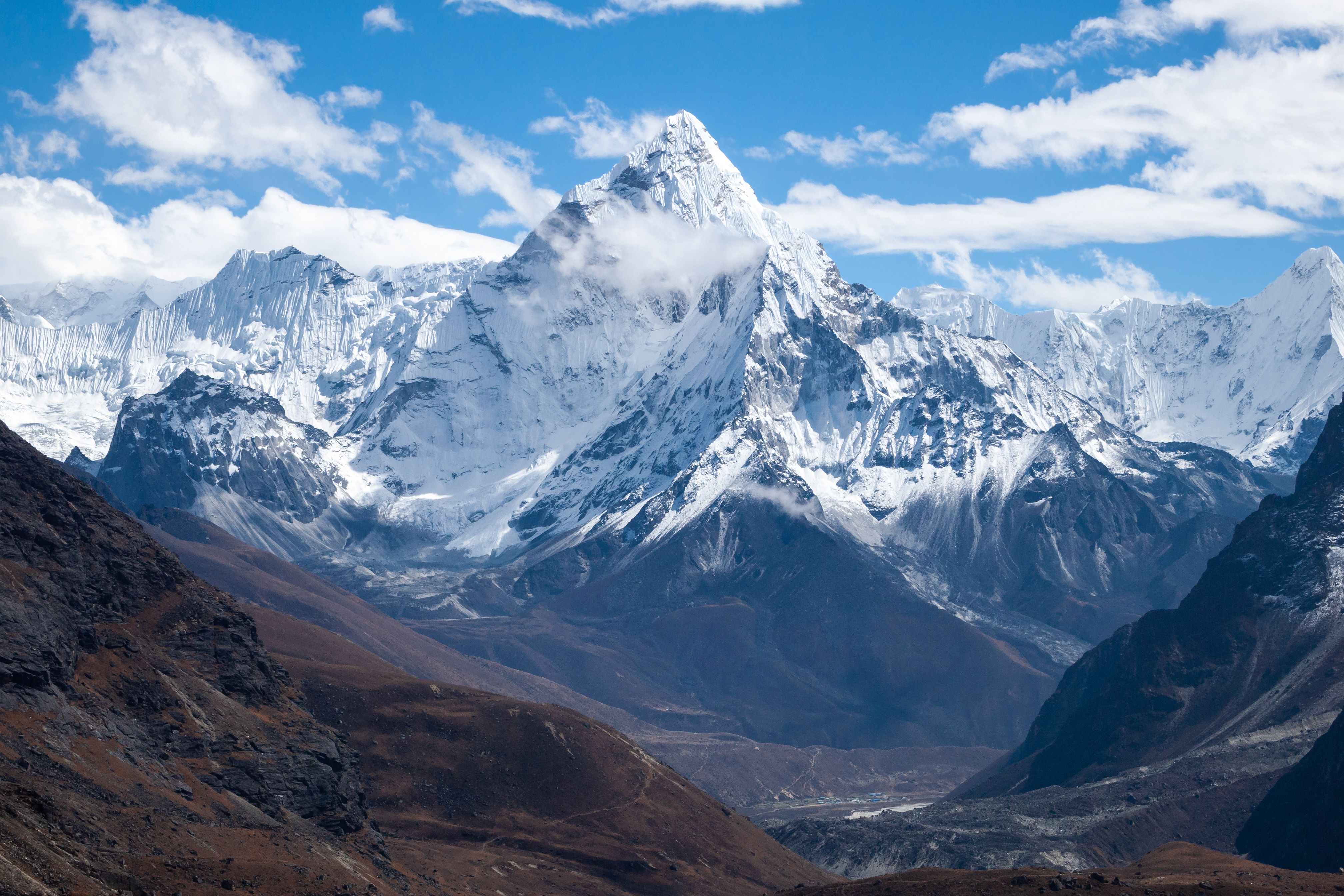
The changes on Everest aren’t just about mountaineering – they represent a looming disaster for humanity. More than 1 billion people depend on these glaciers for drinking water and irrigation. Picture the entire population of China – that’s how many people rely on water that flows from Himalayan glaciers and snowpack. As these ice reserves disappear, low seasonal snowpack and snow persistence affect downstream communities’ water security, reducing supplies for agriculture and other needs.
The timing couldn’t be worse. Just as global populations are growing and climate change is increasing water demand, the natural reservoirs that billions depend on are vanishing at unprecedented rates. It’s like watching the world’s largest water tank drain while demand keeps increasing.
Future Climbers Face Rock Instead of Ice
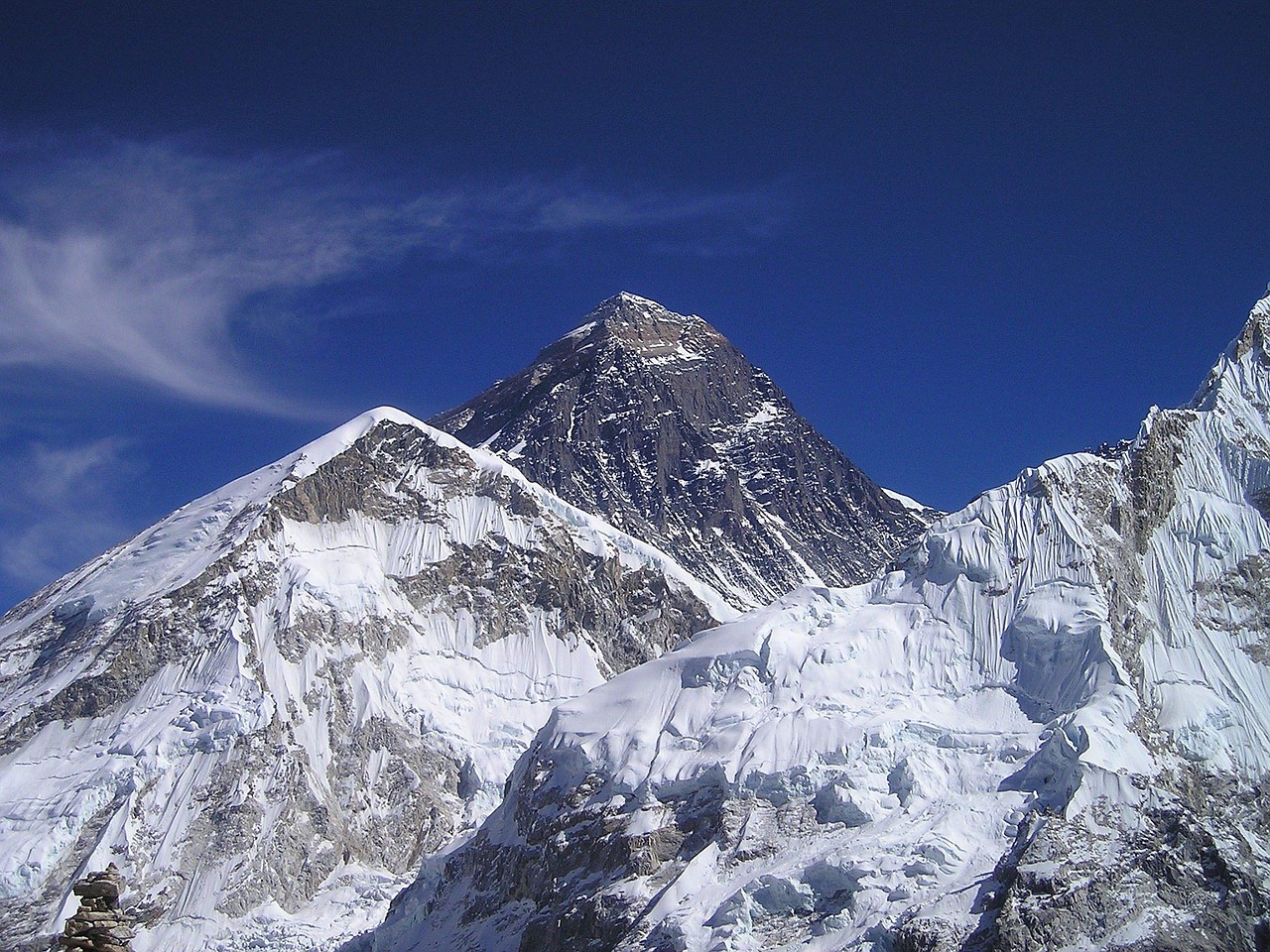
The mountaineering experience on Everest is changing dramatically. People who go to climb Mt. Everest in the coming decades will not be climbing through snow, during the climbing season, at least. They’ll be climbing either ice, and as the decades go on, they’ll be climbing on a rock instead. Imagine training for years to climb the world’s most famous snow-capped peak, only to arrive and find exposed bedrock where glaciers used to be.
At the rate at which the highest glaciers are disappearing, Mount Everest expeditions could be climbing over more exposed bedrock, potentially making it more challenging to climb as snow and ice cover continues to thin in the coming decades. This isn’t just about difficulty – it fundamentally changes the nature of the climb and increases avalanche risks.
The Accelerating Pace of Change
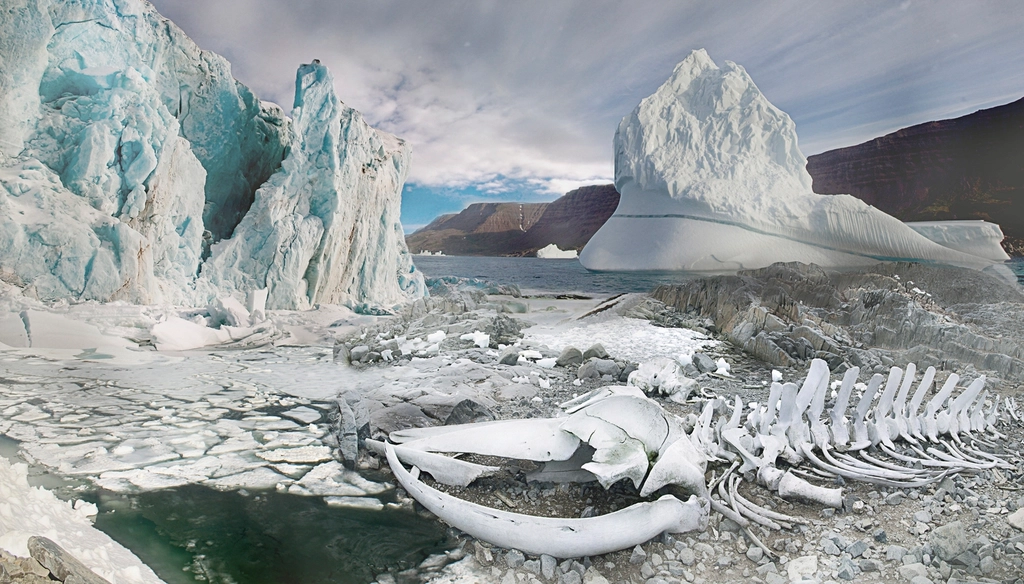
What’s truly terrifying is how fast things are changing. A global analysis published in 2025, combining satellite and ground-based measurements, highlighted the recent acceleration. About 41 % of the total loss since 1976…occurred during the last decade from 2015 to 2024. During 2023 alone, the glacier mass loss was about 80 Gt [80 billion metric tons] higher than any other year on record, corresponding to 6 % of the total loss since 1975/1976.
Think about it this way: nearly half of all the glacier ice lost since 1976 vanished in just the last ten years. It’s like watching a slow-motion avalanche that’s picking up speed with each passing year. At a rate of 2 meters of ice lost per year, the researchers estimate the South Col glacier may disappear within a few decades. The ice loss began in the mid-1800s and has intensified since the 2000s, as a consequence of anthropogenic climate change.
Mount Everest, the crown jewel of our planet’s peaks, is sending us a crystal-clear message about climate change. The mountain that has stood as Earth’s ultimate challenge for climbers is now facing its own ultimate challenge – survival in a rapidly warming world. What happens when even the roof of the world can’t escape the heat?

